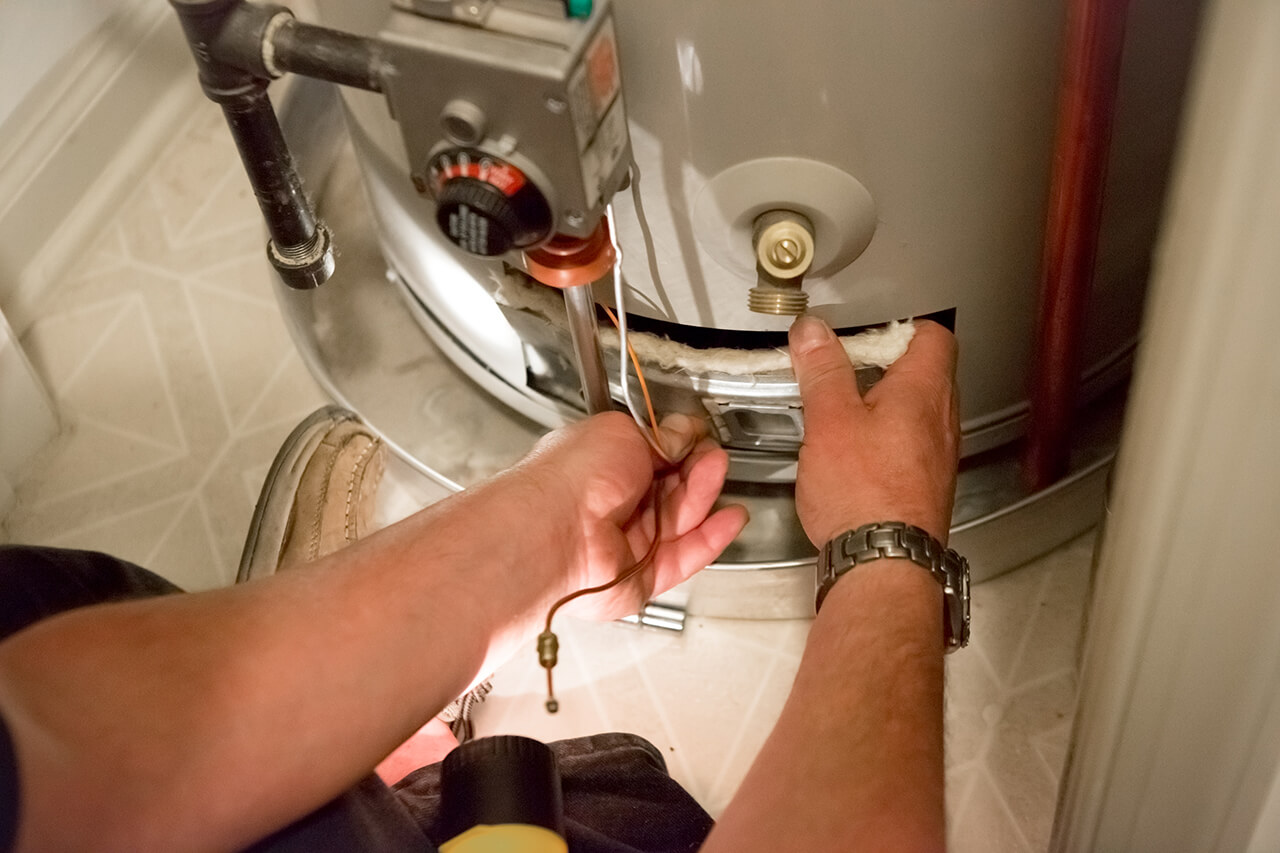
Find top rated gas piping pros in your area
Enter your zip and get matched with up to 3 pros
Matching on HomeAdvisor


Gas piping pros near you
Verified Reviews for Gas Piping pros in
*The Angi rating for Gas Piping companies in is a rating based on verified reviews from our community of homeowners who have used these pros to meet their Gas Piping needs.
*The HomeAdvisor rating for Gas Piping companies in is a rating based on verified reviews from our community of homeowners who have used these pros to meet their Gas Piping needs.
Last update on
Gas Piping FAQs
Switching from oil to gas heating involves several factors that contribute to total costs, such as the distance from the gas main, the heating appliances to replace, and other upgrades to your existing infrastructure. For example, removing an underground oil tank costs between $1,000 and $3,500, and removing an above-ground oil tank costs $300 to $1,500.
A licensed plumber or gas technician can install gas lines. Most municipalities require you to hire a licensed contractor before granting a permit. A general plumber may not charge as much for labor and undertake minor tubing repairs, but installing or repairing gas lines is complex and best suited for a specialized pro.
Yes, you almost always need a permit to run a gas line. Most cities and municipalities require one to ensure your gas line is safely installed to minimize the risk of gas-related accidents. Contractors can help you with the permit application process.
In general, gas lines must be buried at least 18 to 24 inches below the ground. The exact depth varies depending on your area, the type of gas line, and your property’s terrain. Lines aren’t usually buried deeper than 36 inches.





- Plumbing - Multiple Projects
- Plumbing for a Remodel or Addition - Install
- Plumbing Item Repair
- Water Heater - Repair or Service
- Sink Repair
- Drain Repair
- Shower Install or Replace
- Pipe Repair
- Tankless Water Heater - Install
- Water Main - Install, Replace or Repair
- Sump Pump - Repair or Replace
- Faucets, Fixtures and Pipes - Repair or Replace
- Plumbing Item Installation
- Sink Installation
- Pipe Installation
- Faucet Installation
- Plumbing Multi-Item Installation
- Water Heater - Install or Replace
- Sewer Main - Install, Replace or Repair
- Drain Installation
- Plumbing Multi-item Repair
- Toilet Installation
- Sump Pump or Interior Foundation Drains - Install



